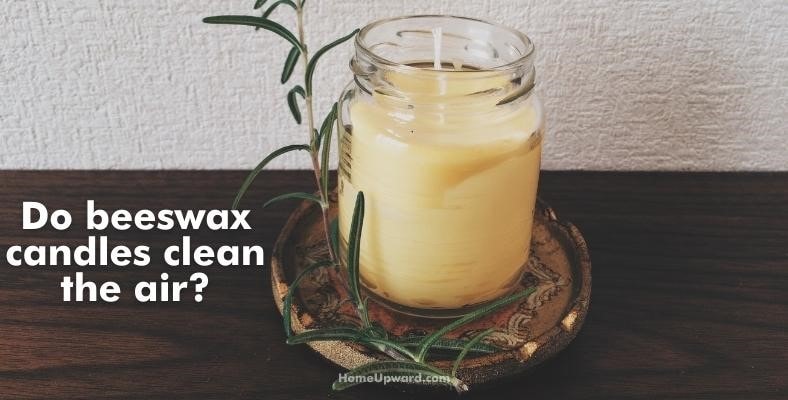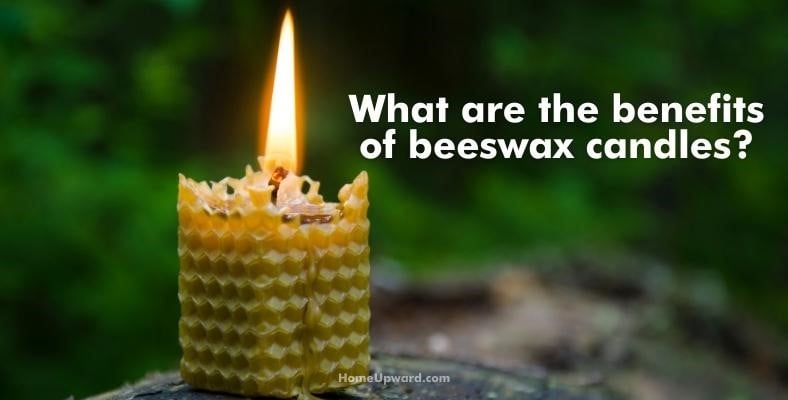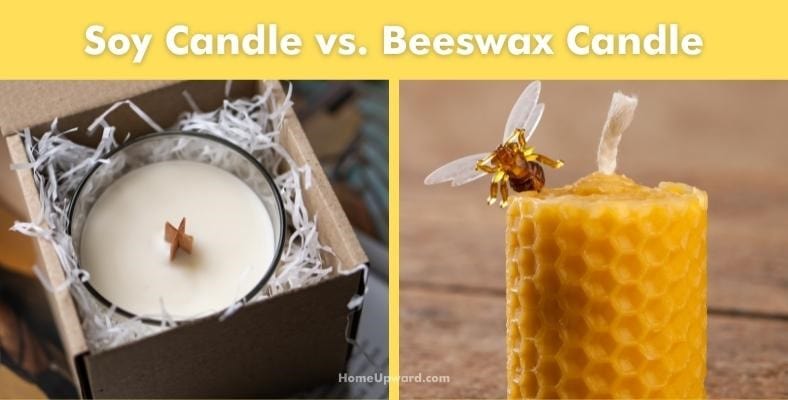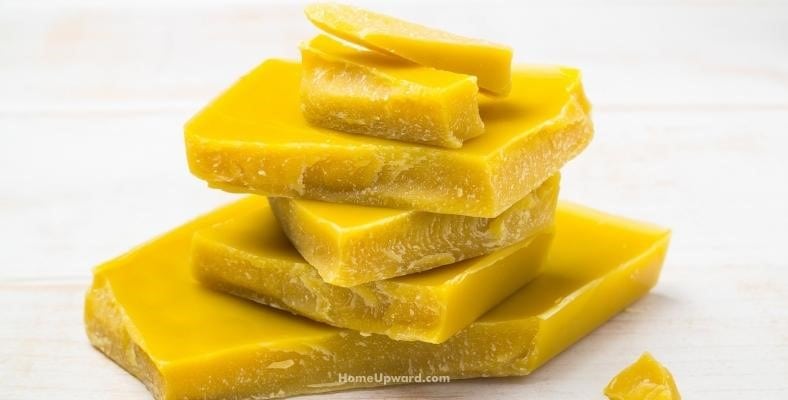Contents
Do Beeswax Candles Clean the Air?
The short answer is yes, beeswax candles do clean the air and provide better air quality in some regards.
Like other candles, beeswax candles can produce a desirable scent – but unlike most other kinds of candles they have additional benefits.
Regular candles vs beeswax candles
For example, some traditional candles are carcinogenic, but beeswax candles can offer you a non-toxic alternative to paraffin candles.
Given that, beeswax candles are better for the air. Not only do beeswax candles burn cleaner and are not carcinogenic, but they also produce negative ions that bind certain toxins and remove them.
This process can create a healthier environment for everyone in your home.
How they work to clean the air
Beeswax candles act as a natural air purifier and have similar functions in some ways but they cannot replace a HEPA air purifier, for example, for physically removing nasty particulates.
Their similarity is how some air purifiers have a similar negative ion-producing function as beeswax candles.
So, if you’re looking for a more decorative alternative to a technological solution or simply want a budget-friendly option, then beeswax candles are an excellent choice. They are healthier, more versatile, and much more discreet.
Are Beeswax Candles Good for Air Quality?
Beeswax improves air quality by acting to control dander and dust on a smaller scale as well as removing some toxins. By burning beeswax candles you can help prevent allergic flair-ups and other conditions.
For example, some roaches can cause asthma and allergies. In this case burning candle made of beeswax can help control the manifestation of asthma and allergies.
By removing toxins from the air, beeswax candles can improve the air quality and as well as create a more comfortable breathing environment indoors.
Do Beeswax Candles Release Toxins?
Beeswax candles are non-toxic and do not release toxins.
They’re free of fragrances and chemicals used to make paraffin candles. Whereas a scented candle may have harmful chemicals, beeswax candles use natural essential oils and other ingredients.
What to look for when buying a beeswax candle
The more beeswax content in your candle, the better and the less toxic it will be. Buying 100 percent beeswax candles is often the best version of this type of candle to buy.
Additionally, the wick of these candles should be made of pure cotton and free of any lining or coating.
Double-check the contents of your beeswax candles to avoid purchasing a candle that is a mixed blend of paraffin and beeswax. Many manufacturers blend paraffin with beeswax, which lessens the benefits of a pure beeswax candle.
What Are the Benefits of Beeswax Candles?
Not only do beeswax candles purify the air but they also have an earthy, natural smell. Varieties with essential oils may have more scents than others, but the original scent may always be present.
Additionally, beeswax candles burn longer and are free of soot. Soot is a black and powdery substance made of carbon. Soot can cause internal inflammation and stress. Soot can also lead to breathing trouble, asthma, bronchitis, and heart conditions.
In some cases, excessive soot is linked with cancer, although the amount of soot to cause cancer would be much more than any number of candles could provide.
Another benefit of beeswax candles is that they are a renewable resource and have little manufacturing costs. The lesser or no manufacturing process means you will impact the environment less by using beeswax candles.
Do Beeswax Candles Get Rid of Dust?
Beeswax candles can attract and burn up and clean the air of small traces of dust in a home. However, honestly, it won’t have much of an impact on your home if it is very dusty.
If your home is very dusty you may not want to rely on beeswax candles as they will not be enough to remove all dust from the house. I’d recommend a good high-quality HEPA air purifier in that case.
However, beeswax candles can spruce up a room.
Which Is Better: Soy or Beeswax Candles?
Soy candles are a better alternative to paraffin candles but beeswax candles offer more practical benefits compared to soy candles. While soy wax candles do release fewer toxins than paraffin candles, they also take longer to heat up.
Moreover, these candles require a factory for their creation.
All in all, beeswax candles remain the best alternative to paraffin candles, both for decorative purposes, for their indoor air benefits, and for the lovely scents that they produce.
Which Is Better: Paraffin Wax or Beeswax?
Paraffin wax candles can be carcinogenic. Due to their potential hazards, they are not recommended for everyday use.
Beeswax candles, however, do not release toxins like a paraffin candle typically does.
How Much Do Beeswax Candles Cost?
Beeswax candles can cost as little as $20 to $40 for sets of varying amounts. Different scented candles and sizes are available with many retailers.
You might want to buy homemade beeswax candles for a higher price. While the upfront cost is higher than store-bought you’ll be supporting local sources of beeswax and small businesses.
If you feel like looking beyond online sellers or local businesses, consider flea markets and farmer’s markets. Although costs will vary, you will be much more likely to find a good bargain.
Why Do My Beeswax Candles Crack?
Beeswax often shrinks as it cools off after having burned for a while. Cracks can form in a beeswax candle if the wax cools too quickly because the wax expands as it cools off and hardens.
Whatever the reason, you may still use a cracked beeswax candle. However, the best option is to read up on how to prevent cracking from happening in the first place.







